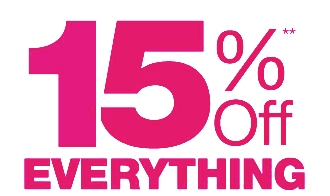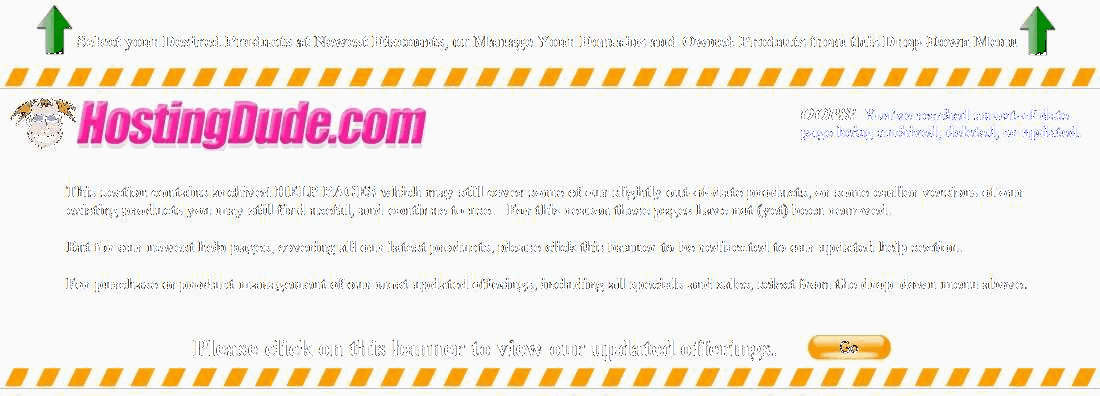Using Meta Tags for Promotion with Quick Shopping Cart
Custom meta tags allow you to specify the content of the Title tag and the Description and Keywords meta tags for your Quick Shopping Cart storefront's home page. Meta tags play an important role in search engine optimization. Although some of the major search engines are focusing less on these page elements than they used to, well-composed meta content is an integral part of any well-optimized Web page.
Configuring Webmaster Tools
Quick Shopping Cart supports configuration of the Webmaster Tools verification meta tags from Microsoft®, Yahoo!®, and Google®. Configuring such meta tags allows you to view your site statistics and to see how these search engines look at your site.
To use any of these Webmaster Tools on your Quick Shopping Cart site, you must verify with the specific search engine that you own the site. You verify this information by adding meta tag content, provided by the search engine, to your Quick Shopping Cart site.
Configuring Webmaster Tools requires you to generate meta tag content from the search engine, copy the meta tag content to your Quick Shopping Cart, and then verify the site.
Defining Webmaster Tools Information
- Log in to your Account Manager.
- Click Quick Shopping Cart.
- On the Quick Shopping Cart page, click Launch next to the Quick Shopping Cart account you want to use.
- From the Promote menu, in the Visibility section, click Webmaster Tools.
- In the Define Webmaster Tools Information section, enter the title, description, keywords, and any meta tag content.
- Title (required)
- The title tag is dynamically created with the contents of this field, as well as information taken automatically from the storefront. This is a required field. If left blank, it defaults to the company name.
- Description
- Explain, briefly and concisely, the contents of the site. The description cannot exceed 250 characters, including spaces.
- Keywords
- Define a comma-delimited list of keywords that may help search engines rank your site's relevance to a particular search query. This field accepts a maximum of 1000 characters, including commas and spaces.
- Generate robots.txt file
- Allows you to specify whether you want to use a robots.txt file. A robots.txt file is a plain text file that tells search engines what content you do not want them to index.
- Microsoft® Bing Webmaster Tools Verification Metatag Content
- Enter the meta tag information provided by Microsoft. To get started with Microsoft Bing, see Webmaster Center.
- Google® Webmaster Tools Verification Metatag Content
- Enter the meta tag information provided by Google. To get started with Google Webmaster Tools, see Webmaster Tools.
- Google® Webmaster Tools Sitemap
- Upload a Google sitemap. To get started with creating a Google sitemap, see Webmaster Tools.
NOTE: When adding meta tag content, only copy and paste the "content" section of the code. For example, if your search engine generates the meta tag:
<meta name="verify-v1" content="X/N0rc/9BipqP3FYzZSURSPkKlE9nD5cgSfz94rxMsg=" />,
you would only copy: X/N0rc/9BipqP3FYzZSURSPkKlE9nD5cgSfz94rxMsg=.
- Click Save.
- Publish your store. For more information about publishing, see Publishing Your Storefront.
To Add Webmaster Tools Meta Tag Content to Your Quick Shopping Cart
- Log in to your Account Manager.
- Click Quick Shopping Cart.
- On the Quick Shopping Cart page, click Launch next to the Quick Shopping Cart account you want to use.
- From the Promote menu, in the Visibility section, click Webmaster Tools.
- In the Webmaster Verification Metatag Content field (Microsoft, Yahoo!, or Google), paste the meta tag content that your search engine provided.
NOTE: Only copy and paste the "content" section of the code. For example, if your search engine generates the meta tag:
<meta name="verify-v1" content="X/N0rc/9BipqP3FYzZSURSPkKlE9nD5cgSfz94rxMsg=" />,
you would only copy: X/N0rc/9BipqP3FYzZSURSPkKlE9nD5cgSfz94rxMsg=. - Click Save.
- Publish your store. For more information about publishing, see Publishing Your Storefront.





